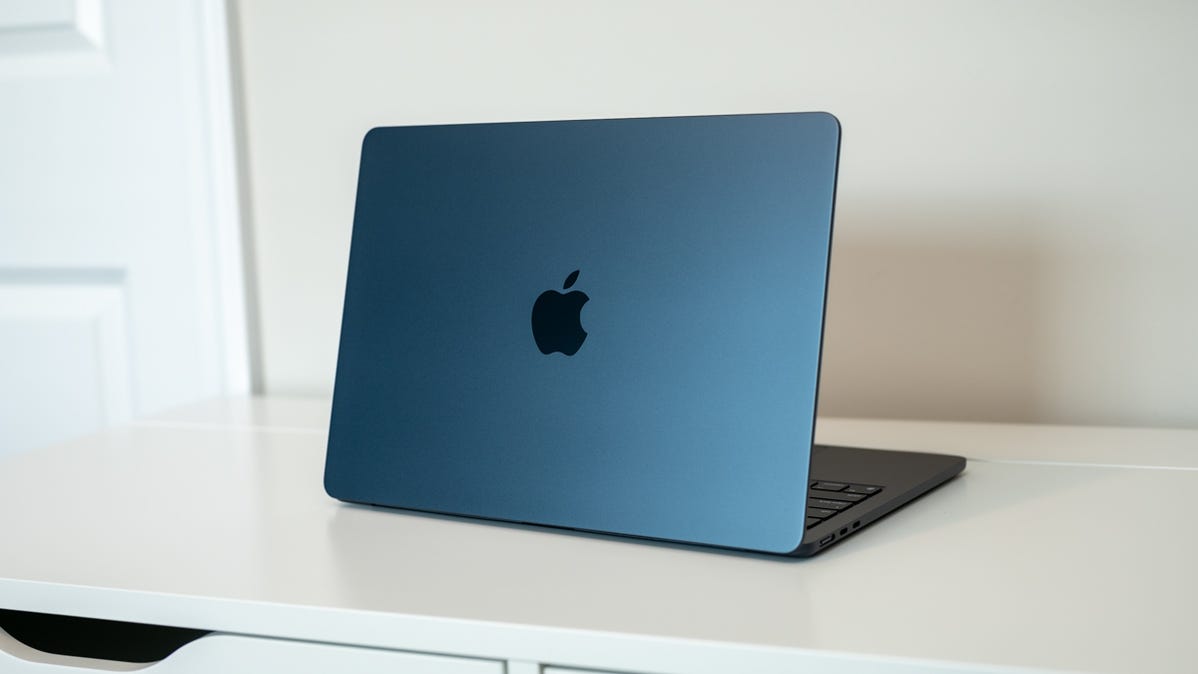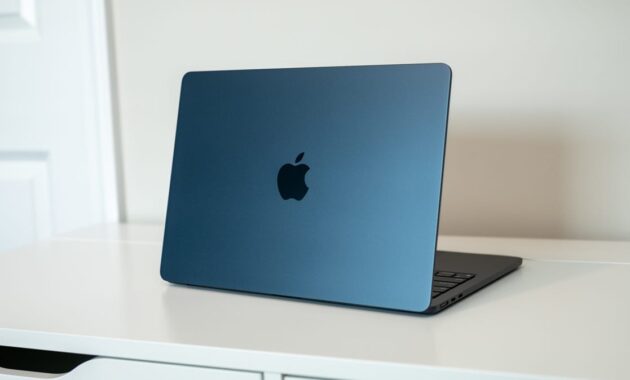
Apple Silicon Macs, starting with the Apple M1 system-on-a-chip, have proven to be a revolution in personal computing. Offering amazing CPU and GPU performance in portable, low-power systems. Unfortunately, there’s one major flaw with Apple Silicon: no external GPU support.
What’s an “External” GPU?
By “external” we mean a GPU that’s not part of the Apple SoC (System-on-a-Chip). This can either be a graphics card in an external enclosure connected using a cable, a graphics card inserted into a slot on the Mac’s mainboard, or a dedicated GPU that exists as a separate processor on the mainboard. In general, an external GPU or “eGPU” strictly refers to graphics cards in an enclosure connected using a cable, but in this case we’re talking about a lack of any support for GPUs that aren’t part of the Apple Silicon chip itself.
Razer Core X Aluminum External GPU Enclosure
One of the most popular eGPU enclosures, the Razer Core X has enough room and power to fit all but the most large and hungry graphics cards.
Apple Silicon Macs Don’t Support eGPUs
When Apple debuted Silicon Macs in late 2020 with the M1 chip, it came with no support for external GPUs. The M1 and later introduced M2 chips are custom Apple-designed SoCs that combine a CPU, GPU, and other components onto a single chip. The combination provides impressive performance and energy efficiency for many tasks, including graphics-intensive ones.
However, the M1 and M2 chips currently don’t support the use of external graphics cards via a Thunderbolt 3 connection, which is required for eGPUs. This means it is impossible to use an eGPU with an M1 or M2 Mac to improve its graphics performance. In addition, none of these computers have any sort of expansion slots for GPUs.
It’s worth noting that Apple has not announced any plans to support eGPUs on Apple Silicon Macs, so it’s unclear if this feature will become available in the future.
Why Is This a Problem?
A lack of external GPU support for Apple Silicon Macs may be a problem for you because it limits your ability to improve the graphics performance of your computers. External GPUs can significantly improve a computer’s graphics performance, especially for tasks that require a lot of graphics processing power, such as video editing, 3D rendering, and gaming.
If you rely on your Apple Silicon Mac for tasks requiring a lot of graphics processing power, you may run into problems as these Macs and MacBooks may not achieve the performance levels you need without an eGPU. While the best Apple Silicon chips, such as the M1 Ultra, offer a phenomenal amount of GPU power, you’ll have to buy an entirely new computer if you want to upgrade your GPU power on these new Macs!
Why the Lack of Support?
There are a few potential reasons why the M1 chip does not currently support external GPUs. However, since Apple has not publicly commented on the issue, our notes are just pure speculation.
One reason could be that the M1 chip is already relatively powerful and efficient in graphics processing. The M1 and M2 chips include high-performance GPUs capable of handling various graphics-intensive tasks, including mainstream gaming, video editing, and 3D rendering. As a result, Apple may have decided that there was no strong need to support eGPUs on M1 and other current Apple Silicon Macs, because the built-in GPUs at each tier would serve the needs of most customers in each price bracket.
Another reason could be that supporting eGPUs on M1 Macs would require additional hardware and software support that Apple has not yet implemented. While Apple Silicon Macs have the required Thunderbolt connection, they may not currently have the necessary hardware support eGPUs over that connection in other regards.
Additionally, the M1 chip uses a custom architecture different from the x86 architecture used by traditional PC processors, so it may be more difficult to develop drivers and software support for eGPUs on Apple Silicon Macs.
It’s also possible that Apple simply has not prioritized the development of eGPU support for M1 and M2 Macs at this time. The company may have focused its resources on other features and improvements that are more relevant to most Mac users.
What About Desktop Mac Pros?
This brings us to the biggest reason the lack of external GPU support is concerning. At the moment, the latest Mac Pro workstation desktop computers are still Intel-based systems. We have yet to see exactly what an Apple Silicon desktop workstation will look like.
It stands to reason that, like the Mac Studio, future Mac Pros will consist of several powerful Apple Silicon SoCs connected to each other using the special edge connectors built into each chip, but will these computers offer PCIe expansion slots for third-party GPUs? Alternatively, will Apple produce its own GPU upgrade hardware to allow professional users the opportunity to buy as much GPU power as their specific workloads require?
With the rise of GPU-centric workloads where many workstations can accommodate as many as eight graphics cards, Apple needs to have a serious solution for Mac Pro, or these high-end systems might be irrelevant for all but a small niche of workstation users.

